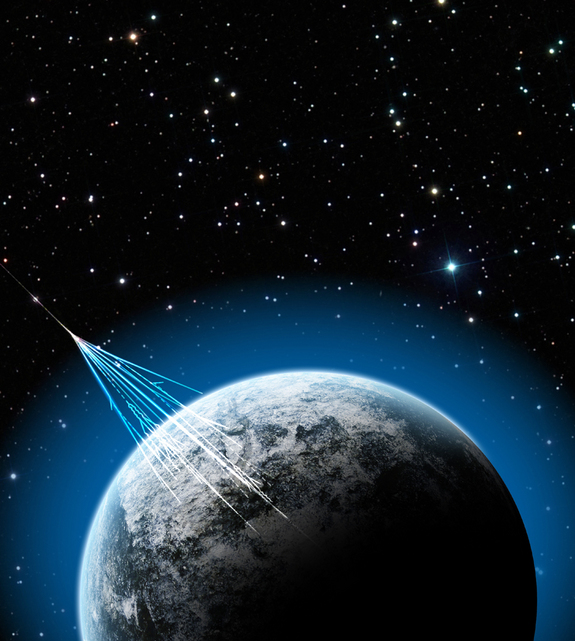When we talk about radiation, we usually think first of X-rays, medical treatments and nuclear power plants. But the most perplexing and most interesting might just be radiation from outer space.
Cosmic radiation, along with dark matter and black holes, is one of the greatest mysteries of the universe. Imagine a single particle packed with so much energy that it can make computers malfunction or turn on a light bulb for a second or more.

Radiation increases the higher you go and some cosmic rays have high energy that astrophysicists conclude that these don’t come from the sun alone. Could they be from other galaxies (or aliens!)? It might take decades for us to know.
Where Do Cosmic Rays Come From?
Cosmic rays were discovered in 1912 by Victor Hess when he was riding a hot air balloon and measured the radiation level. He did this the second time during a solar eclipse and still recorded some particles. That’s why he concluded that not all cosmic rays come from the sun.

Cosmic rays don’t travel in a straight line, making it difficult to trace the sources. With nearly the speed of light, they collide with the atmosphere and cause a burst of chain reaction.
You can watch the process simulated in a cloud chamber here. Each subatomic particle called muon hits one square cm at sea level every minute. It breaks apart in 2.2 microseconds which makes it sound impossible to travel thousands of feet to earth before dying. But these muons move so fast that they age 22 times more slowly. Think Interstellar Matthew McConaughey!
Oh-My-God Particle
The Oh-My-God particle is the highest energy cosmic ray particle. Its energy is similar to a tennis pro hitting a ball with all their strength. Imagine that!

This was first discovered in October 1991 going fast across the Utah sky. The mystery of its origin gave birth to more advanced studies in observatories like the Icecube Neutrino Observatory and the Pierre Auger Observatory.
Cosmic Radiation and Flight Attendants
Airline personnel are the most exposed to cosmic radiation, with pilots getting the highest annual doses. As high levels of radiation can damage cells, it’s important to have regular monitoring and assessment for these workers.

Monitoring Radiation in Aviation and Aerospace
SensaWeb’s solution provides airlines and manufacturers information on the incidence and impact of radiation exposure, helping them make informed decisions for their health and safety.
In June 2021, SensaWeb joined the 2nd ATI Boeing Accelerator program, a three-month program created to support innovation and drive the UK’s aerospace industry forward.
Focusing on the implications of radiation exposure in aerospace and health, the SensaWeb team shared its vision of bringing radiation monitoring out of the 1950s and making use of abundant smart technology.SensaWeb provides real-time radiation monitoring in real simple data visualisation. Connect with us here or through our email address: info@sensaweb.com.au. You can also call us at +61 415 409 467.